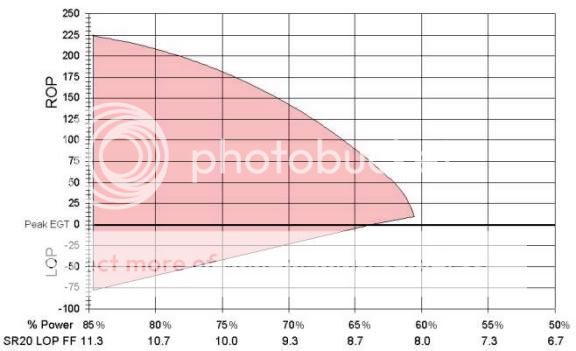My point was that you said the modern marine engines are sold as "run however you want, they're good for X amount of fuel." In an air cooled piston, I could run it exceedingly poorly and I could get way less life out of it, at least out of the cylinders. So I don't think the analogy works quite the same. If we had a radiator the size of the Atlantic Ocean (literally) then it would be different. But for us it's more complex, as you know.
To do so, you use more fuel. There is the 'red box' zone where you can cause damage using less fuel than more, but with modern fuel controls we could eliminate that.

